6 Things to Know Before Remodeling Your Basement
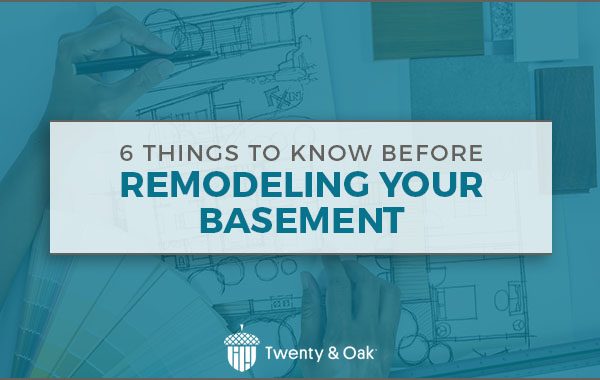
Basements aren’t just for storage and laundry. Today, families are turning basements into everything from guest quarters to offices, rentable garden apartments to high-end hang-out spaces. And when they do, they’re getting serious bang for their buck.
The latest nationwide research reports that basement remodels are among the best investments you can make in your home, adding approximately 70 cents per dollar spent to your home’s resale value. Turn it into square footage you need and use, and it will more than pay off when it comes time for you to pack up and move out.
Before you pick up a sledgehammer or hit up your local home improvement showrooms, though, you need to do your homework. Keep reading for six questions you need to answer before you start remodeling your basement.
1. What Is Your Home Worth?
Many homeowners don’t have ample disposable income to spend on renovations. If you’re one of them, you need to take care not to over-improve your home. What does that mean? Over-improvement occurs when you invest more money into your home than you’ll be able to sell your house for later.
The cost of your basement remodel will depend on how much work you need to do. To figure out how much it makes sense to spend, you will need to look at your financing options, comparable homes in your neighborhood, especially ones that have sold recently with finished or remodeled basements, and a recent appraisal of your own home.

The exceptions: If you have the cash to do what you want (and resale value isn’t a big concern), go ahead and spend your money where it matters most to you. Fancy wet bar? Massive movie theater? Go for it. If this is a forever home, it might also make financial sense for you to make spendy improvements so that your house better suits your family and your lifestyle.
Smart move: Neutral fixtures that will be more popular among a broad audience of potential buyers make for less-risky investments than niche or highly specific items. Also go with durable (and affordable) choices that will stand up to time, like vinyl plank flooring and well-sealed granite countertops.
2. How Is the Structure Holding Up?
Historic homes aren’t the only structures that need a little TLC. Sometimes, even recent builds have structural issues that need to be addressed ASAP. And often, you can see the signs of the times from inside (and outside) your basement.
Before you start a remodeling project, carefully examine every inch of your basement. Remember, this is the foundation of your house that you’re looking at, not just a new living space waiting to be realized. Look for cracks in the walls and floors, puddling water and slow leaks, sagging ceilings and suspicious plumbing or electrical issues. Most problems can be fixed, but you’ll need to have them examined by a professional contractor and possibly a structural engineer in order to figure out a safe, long-term, cost-effective solution.
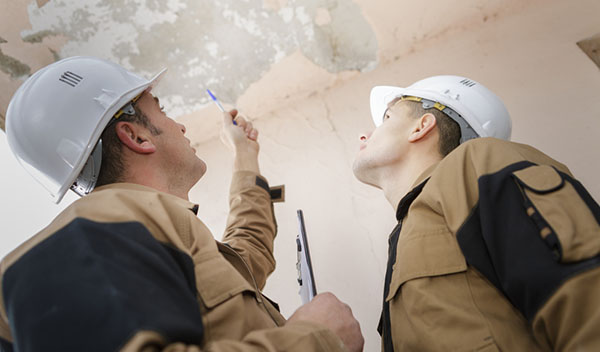
Upgrade now: If you do live in an older home—or one that’s been greatly expanded since it was first built—it’s a good idea to consider upgrading existing systems that you’ll need to take care of in the next five years, anyway. After all, why invest all this money into a basement remodel now when you’re going to have to rip out the ceilings or drywall to repair or replace plumbing, electrical wiring, HVAC ducts or other important systems?
Smart move: While you’re remodeling your basement, plan for things to go wrong, both during the project and in the years to come. Earmark part of your budget for must-fix emergencies that crop up and be sure to choose fixtures that can withstand damage. Mold-proof paint, waterproof flooring and slip-covered furniture can make life a little easier (and less expensive) when you’re in clean-up mode.
3. What Kind of Water Are You Dealing With?
Let’s be honest. If you have a basement that’s at least partially below ground, you’re going to be dealing with moisture.
Since most basements are built on a concrete slab that sits directly on dirt, wetness seeps up from the ground and moves through the porous concrete. This can cause anything from mild humidity in the air to inch-deep puddles. Because basement walls also tend to be made from concrete blocks, water can seep in here, too. And if there’s a crack in your wall or a weak seal around an exterior window or door, those are potential problems!
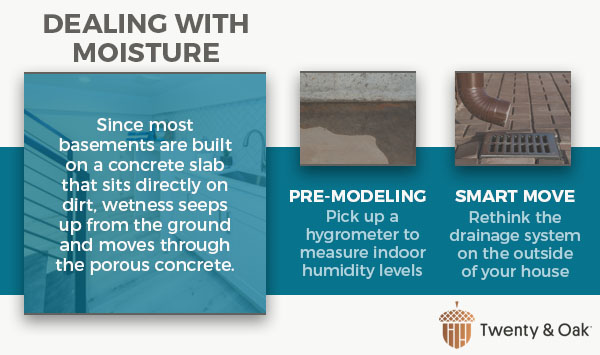
Do some pre-modeling. If you’re remodeling an already-finished basement space, spend $30 on a moisture meter you can use to check out your existing fixtures and furnishings. This is especially important if you’ve noticed that your basement feels sticky or clammy, you can smell mold or mildew, you’ve had water issues in the past or you’ve noticed any new water stains or wetness. You can also pick up a hygrometer to measure indoor humidity levels for about $10.
Smart move: One easy way to eliminate mysterious water problems in a sub-grade space is to rethink the drainage system on the outside of your house. Many leaks are caused by runoff water being directed toward your home’s foundation or rainwater collecting around your house because there’s nowhere else for it to go. Installing French drains is an effective way to redirect water that could be causing leaks inside your basement.
4. What Does Your Town Require?
Many cities have building codes you need to follow, even for a basic basement remodel. While you might have an idea for the perfect mother-in-law suite or party room, you might not be able to get everything you want because of city requirements or budgetary limitations.
These codes can dictate everything from the height of your ceiling to the width of your hallways and the construction of your staircase. They may or may not allow you to build a full kitchen or may limit the types of appliances you can install. They’ll also specify what sorts of exits, including emergency exits, your finished basement needs to have.
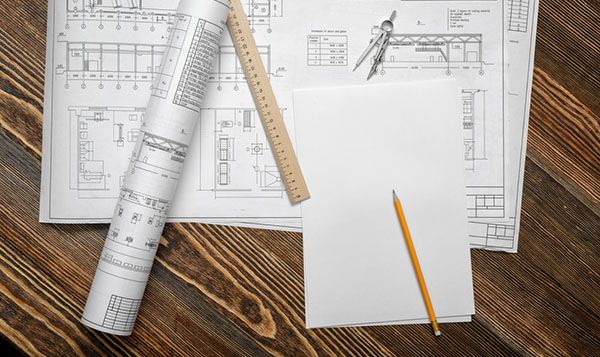
If the goal of your basement remodel is to create a rentable living space, there could be additional requirements tacked on. Separate thermostats, electric panels and water meters are common building code-mandated necessities.
Pull your permits. Regardless of whether you’re doing this remodel yourself or you’re hiring it out to a professional contractor, make sure you have all the correct permits. You can double-check that your work is being done above-board with a quick trip to city hall.
Smart move: If you’re working with a contractor, you should always ascertain that they are both bonded and insured. A bond compensates a homeowner if the contractor doesn’t finish the job, doesn’t pull the permits or makes an error that costs you money. Liability insurance will cover damage to your home and injury to the contractor and their workers. Both will protect you in the case that something goes wrong. Ask to see proof, and confirm it yourself, before any work begins.
5. How Much Space Are You Working With?
Ceiling height is a make-or-break element for lots of basements. According to the International Residential Code, ceilings in basements must be a minimum of seven feet tall. You should check your local building code, too, to ensure that it doesn’t impose additional height requirements.
Now, there are ways to make a basement ceiling higher, but they will add a bundle to your bottom line. You might be able to...
-
Reroute ducting that could impede your intended living space
-
Raise or replace existing structural beams
-
Dig out the existing floor and lower it
If your home does have low (but livable) ceilings, do what you can to make them seem as high as possible. Avoid ceiling fans and install recessed lights rather than flush- or semi-flush-mount fixtures. Dress windows with curtains or shades that are hung near the ceiling rather than the window frame to create the illusion of taller ceilings. And skip the crown moldings and decorative trim, as they can shrink a space.
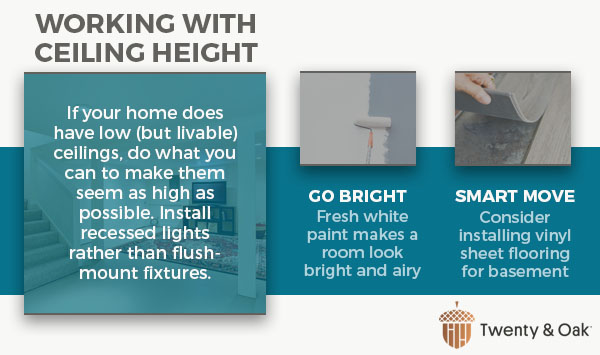
Go bright! Fresh white paint on the walls and lots of different types of lighting can go a long way to making what once was a drab room look bright and airy. If your square footage is on the small side, try keeping your basement floor plan as open as possible and furnish it with multi-purpose items. This will make it look larger than it is. Add reflective surfaces, like mirrored side tables and framed pictures on the walls, and you’ll have a living space that you’ll be excited to use.
Smart move: Sometimes, saving an inch or two can make a big difference. For a waterproof basement flooring option that will take up zero headroom, consider installing vinyl sheet flooring throughout your basement remodel. It’s a durable option for sub-grade areas that can withstand more than the average flooring option.
6. How Will You Really Use the Space?
There are all sorts of things you could do with your basement. But there’s often a difference between what would look nice in a space and its most practical function.
To ensure that you get the most of your brand-new basement, be honest with yourself about what your family will and won’t do. Will your young kids go downstairs by themselves to play? Do you have enough guests to justify a remodeled suite? Could you satisfy your wine obsession with a beverage cooler instead of a wine cellar? Will you head downstairs for your morning workout six months from now?
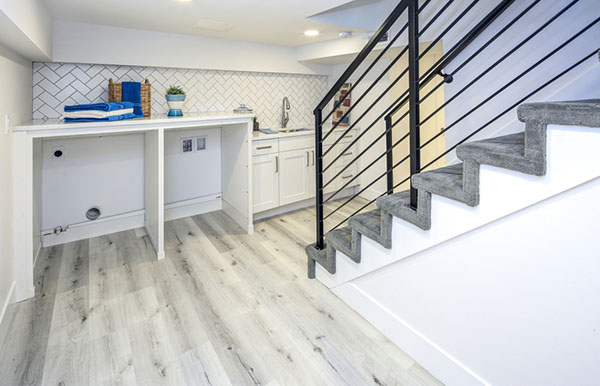
Be flexible. Outfitting your basement for one extremely narrow purpose will probably backfire, and leave you right back where you are today. Think about it. How often are you really going to use that in-home movie theater? Even if the answer is “every weekend,” the best choice might not be a row of black recliners and a wall-sized projection screen. A more standard living area with comfy chairs, a big-screen TV and blackout shades will do the job just fine for game nights, extra guests and a double-feature.
Smart move: Think about the future, too. A Netflix-and-chill space might be just the thing while your kids are in high school, but what would you and your spouse like to do with the space once they leave the nest?
To create the ultimate multi-purpose basement that can truly transform as the years pass by, invest in fixtures that will grow with you. For our part, that looks like beautiful floors that can impress overnight guests, withstand typical tweenage horseplay, absorb the impact of your at-home gym and handle the dust from your whittling hobby...and still look brand new.
Take a look at all the vinyl flooring options that are best suited for basements as you explore the vinyl sheet, luxury vinyl plank and tile, and waterproof flooring types. Confused by the construction? Learn more about vinyl floor types here and more specifically the rigid core options here. A professional Twenty & Oak retailer can help you narrow your selection for the best basement flooring solution.